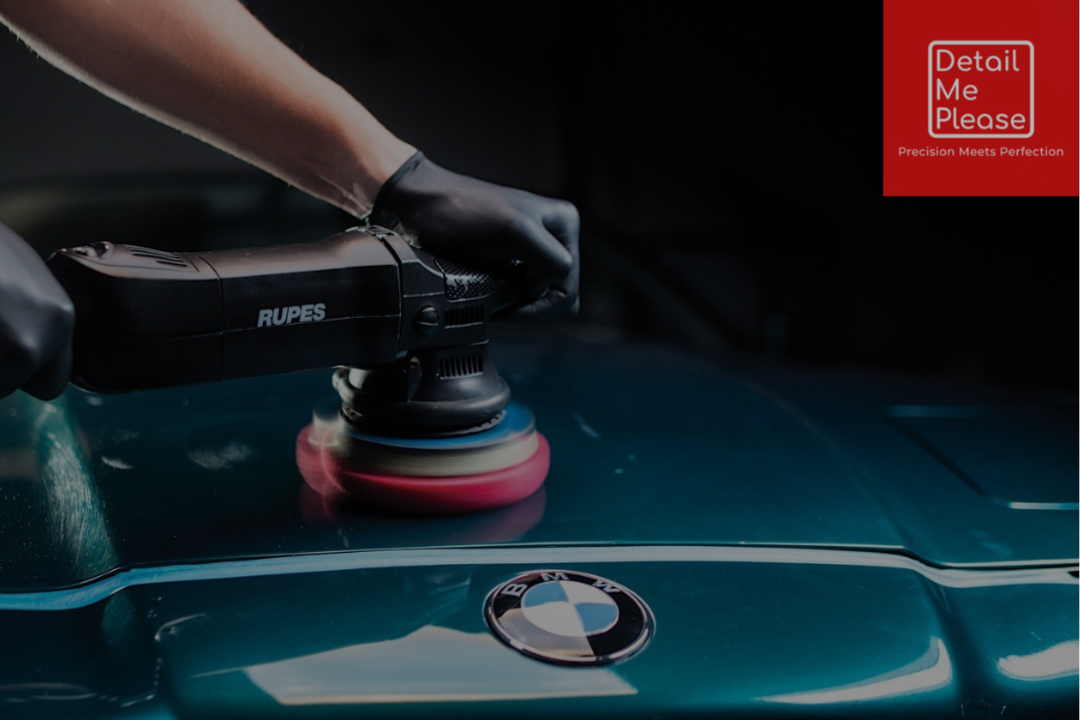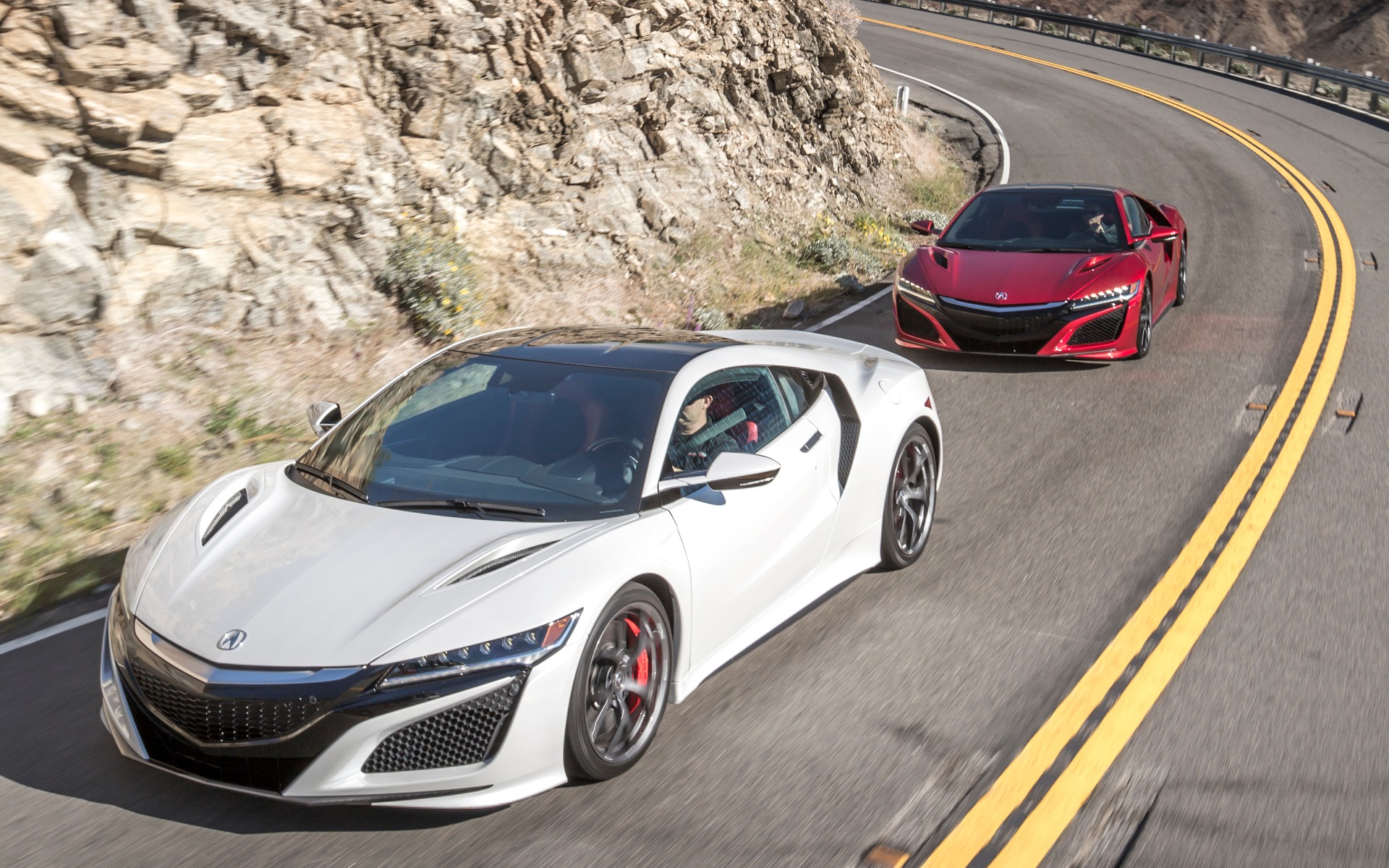Maintaining a Range Rover requires attention to detail and adherence to routine maintenance schedules. Range Rovers, known for their luxury and performance, deserve careful care to keep them running smoothly and efficiently. Regular maintenance can help prevent breakdowns, reduce repair costs, and ensure that your vehicle performs at its best for years to come. Here are some essential Range Rover maintenance tips to enhance longevity and maintain peak performance.
Stick to the Manufacturer’s Service Schedule
One of the most crucial aspects of Range Rover maintenance is following the manufacturer’s service schedule. Range Rover’s service intervals are generally recommended at every 7,500 to 10,000 miles, depending on the model and driving conditions. Regular check-ups help in identifying potential issues before they escalate. The service includes oil changes, brake inspections, filter replacements, and other essential checks that keep the vehicle running efficiently.
Benefits of Regular Servicing
Detects and addresses minor issues early.
Extends the lifespan of critical components.
Helps maintain the vehicle’s resale value.
Regularly Check and Change the Oil
Changing the engine oil regularly is vital to keep the Range Rover’s engine running smoothly. Fresh oil lubricates the engine components, reducing friction and wear. Range Rover recommends using high-quality synthetic oil, which enhances performance, especially under demanding conditions. Oil changes are typically recommended every 7,500 miles, but this can vary based on your driving habits.
Signs Your Range Rover Needs an Oil Change:
The engine runs louder than usual.
Reduced fuel efficiency.
A warning light appears on the dashboard.
Inspect and Maintain Brakes
The brakes are essential for safe driving, and maintaining them is crucial for both safety and performance. Regularly check the brake pads, rotors, and brake fluid levels. Range Rovers are heavy vehicles, so their brakes experience considerable stress. Replacing brake pads when they wear down can prevent damage to the rotors, which is a more costly repair.
Tips for Brake Maintenance
Listen for any squeaking or grinding sounds.
Check the brake fluid every time you change the oil.
If the brake pedal feels soft, it may indicate a fluid leak or worn pads.
Rotate and Align Tires Regularly
Tire maintenance is often overlooked, but it’s essential for ensuring your Range Rover’s stability, handling, and fuel efficiency. Rotating your tires every 5,000 to 7,000 miles promotes even tread wear, extending the life of your tires. Additionally, wheel alignment helps keep the vehicle balanced and improves fuel efficiency.
Tire Maintenance Tips
Check tire pressure monthly and maintain the recommended PSI.
Rotate tires at regular intervals.
Inspect for uneven wear or damage.
Maintain the Cooling System
The cooling system is vital for preventing the engine from overheating, which can cause severe damage. This system includes the radiator, water pump, and thermostat, all of which need regular checks. Replacing the coolant every 30,000 miles or as recommended by the manufacturer helps keep the engine cool and prevents overheating.
Cooling System Maintenance Tips
Check coolant levels regularly, especially during hot weather.
Look for any leaks around the radiator and hoses.
Flush the cooling system periodically to remove dirt and sediment.
Regularly Change the Air Filter
The air filter keeps debris and dust from entering the engine, ensuring clean airflow. Replacing the air filter every 12,000 to 15,000 miles is essential for maintaining fuel efficiency and engine performance. A dirty air filter can reduce engine power, cause rough idling, and increase fuel consumption.
Signs Your Air Filter Needs Replacement
Reduced engine performance.
Poor fuel economy.
The air filter looks visibly dirty.
Take Care of the Transmission
The transmission is a critical component in any Range Rover, especially given the vehicle’s robust off-road capabilities. Regular transmission fluid changes are essential for smooth gear shifts and optimal performance. Transmission fluid should be checked every 30,000 to 60,000 miles, depending on your driving conditions.
Transmission Maintenance Tips
Look for any leaks underneath the vehicle.
Avoid harsh acceleration to reduce stress on the transmission.
Replace the transmission fluid according to the service schedule.
Protect the Battery
A well-maintained battery ensures that your Range Rover starts reliably. Extreme temperatures and short trips can wear down the battery more quickly, so regular checks are important. Cleaning the battery terminals and ensuring proper voltage levels help prolong battery life.
Battery Maintenance Tips
Test the battery’s charge regularly, especially during extreme weather.
Clean corrosion from battery terminals.
Replace the battery every 3 to 5 years or as needed.
Keep the Exterior Clean and Protected
Regularly washing and waxing your Range Rover not only keeps it looking good but also protects the paint from dirt, grime, and environmental pollutants. Waxing the vehicle adds a layer of protection against UV rays, which can cause fading.
Exterior Maintenance Tips
Wash the car at least once a month, more if it’s exposed to mud or salt.
Use a good-quality wax to protect the paint finish.
Check for any scratches and touch them up to prevent rust.
Maintain the Interior
A clean and well-maintained interior is just as important as the exterior. Regularly vacuuming and cleaning the seats, dashboard, and other surfaces will keep the interior looking new. Using high-quality cleaning products prevents wear and tear on leather and upholstery.
Interior Maintenance Tips
Use leather conditioner to prevent cracking.
Avoid direct sunlight exposure to protect the upholstery.
Clean the infotainment screen gently with a microfiber cloth.
Monitor Dashboard Warning Lights
Range Rovers come equipped with advanced diagnostics that alert you to potential issues. If a warning light appears on the dashboard, it’s essential to address it promptly. Ignoring warning lights can lead to more severe problems and costly repairs.
Common Dashboard Warning Lights
Engine light Indicates an engine-related issue.
Battery light Suggests a problem with the charging system.
Brake warning light Could mean low brake fluid or worn pads.




